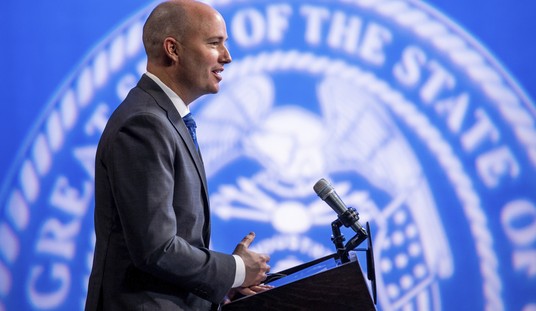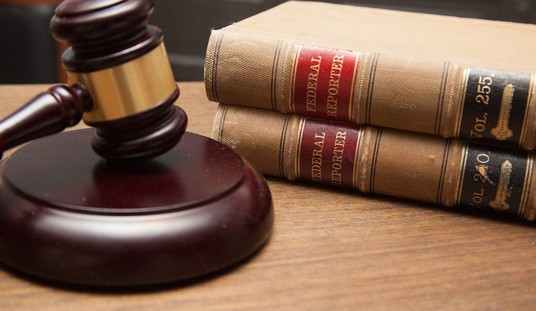Clemens: Republicans torpedeod McClellan’s military career fearing his political ambitions
WASHINGTON, Sept. 6, 2012 – Union Army Gen. George McClellan is a victim of history, a leading Civil War scholar told a Pentagon audience Sept. 4 on the 150th anniversary of the start of the Maryland campaign of 1862.
In a presentation for the Defense Department’s historical speakers series, retired history professor Tom Clemens said McClellan, considered by many historians to be an ineffectual commander, was in fact hamstrung by political and military jealousies that ultimately led to his removal from command.
In describing the events leading up to the battle of Antietam, Clemens outlined efforts by the military and political establishment to prevent McClellan from being perceived as a hero of the Civil War.

His orders were often confusing and contradictory, Clemens said.For example, on Aug. 3, 1862, at the same time he was ordering McClellan to retreat back to Washington, Gen. Henry Halleck wrote McClellan to tell him he soon would be put in command of the Army of Virginia. Instead, President Abraham Lincoln and Halleck give McClellan command only of the troops within the perimeter of the nation’s capital. On Sept. 3, 1862, McClellan was ordered to form a field army, but the order didn’t say who would command it, Clemens said.
“He’s got two missions — he’s got to defend the capital, but he also has to create this field army,” Clemens said. “It’s clear the Confederates are crossing the river [into Maryland], … and he begins to push troops out towards Rockville as an advance guard to essentially see where the Confederates are going.” In response to this, Clemens said, Halleck reminded McClellan that he was not in command of any troops outside of Washington.
McClellan also was criticized by many, including Halleck, for moving his troops too slowly, averaging six miles a day in the Maryland campaign, Clemens said. Halleck, McClellan’s replacement as Union general in chief, was even slower.
“Halleck’s major claim to fame at this point in the war is that after Shiloh he had led the advance on Corinth,” Clemens said, noting that Corinth was 20 miles away, and it took Halleck 30 days to march there.
In addition, McClellan, a Democrat, was seen as a threat to the Republican presidency, Clemens said.
“You’ve got radical Republicans in the capital, and to them, McClellan is the symbol of everything they don’t agree with,” Clemens said.
“What are [the Republicans] afraid of? Losing power,” he added. “What happens to McClellan’s successor? What happens to victorious generals? George Washington, Andrew Jackson, William Henry Harrison, they become presidents. And these radical Republicans got into office on a very narrow margin. So, do you really want to take a popular Democratic general and give him the opportunity to end the war?
“You cannot separate politics and military operations,” Clemens said.
On Sept. 5, 1862, Lincoln and Halleck issued verbal orders for McClellan to take command of the field army and accomplish two things, Clemens said. “No. 1: protect the capital and Baltimore. By this point on the 5th, they know that Lee’s advance guard is at Fredrick — there are direct roads from Frederick to both Baltimore and Washington — and so, protect the capital. The second mission is to drive the Confederates out of Maryland.
“Unlike the order on the 2nd of September,” Clemens said, “this order is never put in writing. Ever. And at different times in different places, Halleck will say he had no idea Lincoln was going to put McClellan in command of the field army. And Lincoln will say, ‘I didn’t know Halleck was going to do it.’ What does this tell you?
“You’ve got plausible deniability,” Clemens said, “from the commander of all the armies and the president [is] saying, ‘I didn’t tell him to do that.’ How bold would you be?”
Clemens said that in many ways, McClellan’s army would be an army in name only. It was cobbled together with divisions from several corps and largely composed of soldiers with no experience in battle.
“When you look at what’s in the capital,” Clemens said, “sure, there’s 140,000 men to select from, but you’re literally assembling an army on the fly, and a significant portion of that army — 30,000 men — have been in the army two months or less, some of them as little as three weeks. And they’re going to get stuck into commands and sent out to fight in Maryland when they have never fired a weapon or performed any drill whatsoever.
“But this is a crisis,” Clemens continued. “The nation’s capital is threatened, this has to be done.”
So McClellan departed Washington on Sept. 7, 1862, with about 74,000 men, Clemens said, and by the time he reached Antietam, he’d gained another 13,000.
“Brigades [and] regiments are drifting in on a regular basis as he marches westward… The 12th Corps, for example, on the morning of the battle of Antietam will [consist of] 7,500 men, [and] of those 7,500 men, 4,500 are brand-new troops. The majority of the corps has been in the army less than two weeks.”
Lt. Col. Ezra Carman commanded the 13th New Jersey Infantry, one of the new regiments, in that battle. “He talks about coming down the Smoketown Road to the East Woods and seeing a fence along the tree line,” Clemens said. “[He] uses that as a straight line to show his command how to deploy from column of march into line of battle.”
Antietam was one of the bloodiest battles of the war, Clemens said, and was the bloodiest single-day battle in American history.
The two armies fought at close range for 12 hours, Clemens said. Some 15,000 to 16,000 wounded men needed immediate attention after the battle, he noted, pointing out that the entire population of Washington County at that time was 30,000.
Despite the staggering number of casualties, Clemens said, Antietam was a resounding victory for the North.
“It was the battle that ended the first real invasion of the North,” he said. “Lee’s perhaps best chance ever to win the war evaporates.”
Antietam also was the military victory that made the political goal of attacking slavery possible, Clemens said.
The Confiscation Act in June 1862 allowed the federal government to seize the property of anyone rebelling against the Union. The act was a way for the Union to attack the South’s finances.
“Slavery was the underpinning of the Confederate economy,” Clemens said. “It was the most valuable asset they owned [and] by attacking slavery you are weakening the South’s ability to make war.”
On the strength of the act, Lincoln wrote the Emancipation Proclamation in July 1862. But on the advice of his Cabinet, Clemens said, he waited for a Union victory before making the announcement. “Antietam’s that victory,” he added.
During an interview with American Forces Press Service after his presentation, Clemens said that after Antietam, Lincoln pushed McClellan to pursue the Confederate army into Virginia. McClellan disagreed, wanting to rest and resupply his troops, but Lincoln eventually ordered the advance. When McClellan didn’t advance as quickly as expected, he was relieved of duty. He spent the remainder of the war in New Jersey awaiting orders.
“When we impart history for the masses, we tend to generalize,” Clemens said. “We tend to create heroes and villains and things become more black and white, good and bad, right and wrong. We know that two of the great icons of American history are Abraham Lincoln, the martyred president, and Robert E. Lee, the noble soldier.
“So when George McClellan argues with one and defeats the other, it doesn’t fit into the mold,” he continued. “We have to somehow reduce McClellan and minimalize his achievements so that the icons remain icons.”
Clemens is the editor of a two-volume history of the events surrounding the battles of South Mountain and Antietam, “The Maryland Campaign of September 1862,” written by Carman, the regimental commander who taught his men to maneuver at Antietam.
Carman spent the years following the war compiling firsthand accounts from veterans with maps and military records into a detailed manuscript that remained unpublished for more than 100 years. He also used the information he gathered to develop the cast iron tablets that still stand on the Antietam battlefield.








Join the conversation as a VIP Member